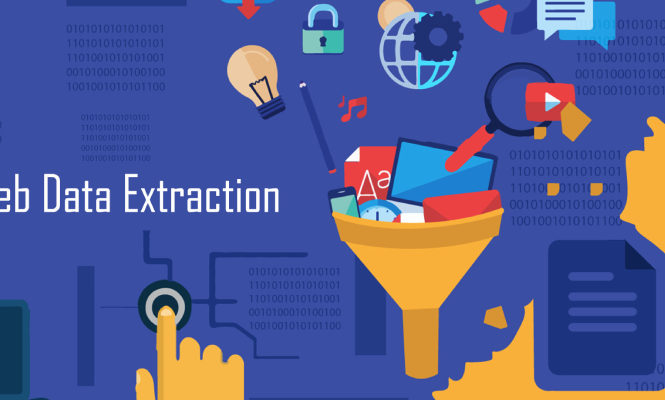So many people around the world do not have much knowledge about these scrapping tools. In their views, mining means extracting resources from the earth. In these internet technology days, the new mined resource is data. There are so many data mining software tools are available in the internet to extract specific data from the web. Every company in the world has been dealing with tons of data, managing and converting this data into a useful form is a real hectic work for them. If this right information is not available at the right time a company will lose valuable time to making strategic decisions on this accurate information.
This type of situation will break opportunities in the present competitive market. However, in these situations, the data extraction and data mining tools will help you to take the strategic decisions in right time to reach your goals in this competitive business. There are so many advantages with these tools that you can store customer information in a sequential manner, you can know the operations of your competitors, and also you can figure out your company performance. And it is a critical job to every company to have this information at fingertips when they need this information.
To survive in this competitive business world, this data extraction and data mining are critical in operations of the company. There is a powerful tool called Website scraper used in online digital mining. With this toll, you can filter the data in internet and retrieves the information for specific needs. This scrapping tool is used in various fields and types are numerous. Research, surveillance, and the harvesting of direct marketing leads is just a few ways the website scraper assists professionals in the workplace.
Screen scrapping tool is another tool which useful to extract the data from the web. This is much helpful when you work on the internet to mine data to your local hard disks. It provides a graphical interface allowing you to designate Universal Resource Locator, data elements to be extracted, and scripting logic to traverse pages and work with mined data. You can use this tool as periodical intervals. By using this tool, you can download the database in internet to you spread sheets. The important one in scrapping tools is Data mining software, it will extract the large amount of information from the web, and it will compare that date into a useful format. This tool is used in various sectors of business, especially, for those who are creating leads, budget establishing seeing the competitors charges and analysis the trends in online. With this tool, the information is gathered and immediately uses for your business needs.
Another best scrapping tool is e mailing scrapping tool, this tool crawls the public email addresses from various web sites. You can easily from a large mailing list with this tool. You can use these mailing lists to promote your product through online and proposals sending an offer for related business and many more to do. With this toll, you can find the targeted customers towards your product or potential business parents. This will allows you to expand your business in the online market.
There are so many well established and esteemed organizations are providing these features free of cost as the trial offer to customers. If you want permanent services, you need to pay nominal fees. You can download these services from their valuable web sites also.
For More Information about Data Minining click here





